The rise of social beauty networks and YouTube vloggers has led to great strides in the makeup artist community—it’s now easier than ever to share tips, tricks, and shortcuts.
One shortcut being bandied about these days is the concept of duplicates—or “dupes” for short. The idea is that most high-end products have a secret, lower-priced doppelganger, and that the perfect match is just a matter of finding a similar shade or list of ingredients.
It’s absolutely true that some high-end formulas are overpriced and over-hyped, and that solid, well-performing alternatives can be found in your local CVS. Here are some helpful points to serve as a guide when searching for your dupe. Think of what matters to you most.
Pigment

Let’s say you’ve found a “dupe” of your favorite shade of Make Up For Ever lipstick. The color seems the same, the tube size is comparable, and you can’t beat the price. Before you get too excited, swipe that steal on your hand and check the color up close—brands like Make Up For Ever, MAC, Urban Decay and others are well-known for their luscious pigment, and some lower-priced brands skimp on pigment to cut corners. A higher concentration of pigment means you use less product, which can lead to better value.

Longevity

You know how a top from Forever 21 sometimes falls apart in the wash, while a more expensive and well-constructed article of clothing stands the test of time? The same can often go for makeup. Does that duplicate wear as well as its luxury parent, or will you have to reapply more often to maintain the look you want? Department store brands often wear better and longer since the testing on them is more extensive and the ingredients more refined. Also, the cheaper version may not keep as well as the more expensive brand, because the latter uses better ingredients and more attention to packaging (like airtight containers, better pumps, and sturdier clasps).

Ingredients

They say you get what you pay for—and this is often doubly true for cosmetics. Skin-friendly ingredients simply cost more money—and why skimp when it comes to your face? This is particularly true for skincare and face products, which often have high-quality ingredients in higher concentrations than their drugstore counterparts. And the nice thing about purchasing high-end products is that you can return them if you have an allergic reaction. Almost every counter or store will accept returns and work with you to find a better match, whereas only a handful of drugstores offer this option. And who among us hasn’t shrugged at a cheap mispurchase and figured they’d just cut their losses? After all, it wasn’t that much money anyway, right?

The safest products on which to cut corners are color items for eyes and lips. But be sure to test for pigment payoff and the way the product wears—if those are lacking, you may as well have shelled out for the real thing; it’ll be the better value in the end.
What are your favorite tried-and-tested “dupes”?

You Might Also Like
-
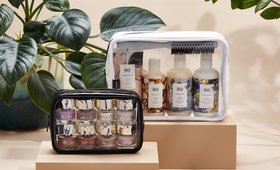
Makeup
The Easiest Way to Organize Your Beauty Products
- 268
-
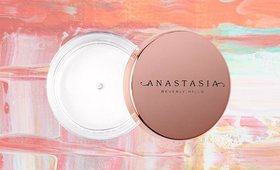
Eyebrows
I Tried Anastasia Beverly Hills’ Brow Freeze—Here’s How It Holds Up
- 1
-
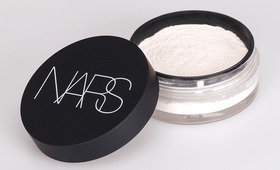
Setting Powder & Sprays
Lighter Than Air: NARS Light Reflecting Loose Setting Powder
- 2223
-
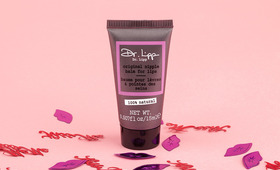
Products
Would You Put This Product on Your Lips?
- 1310
-
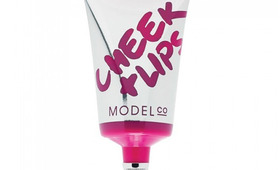
Product Spotlight
Obsessed: ModelCo Cheek & Lips
- 519
-
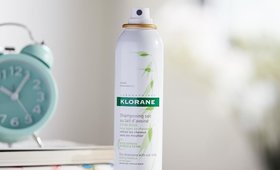
Product Spotlight
This Dry Shampoo Will Save You Hours of Styling
- 6







